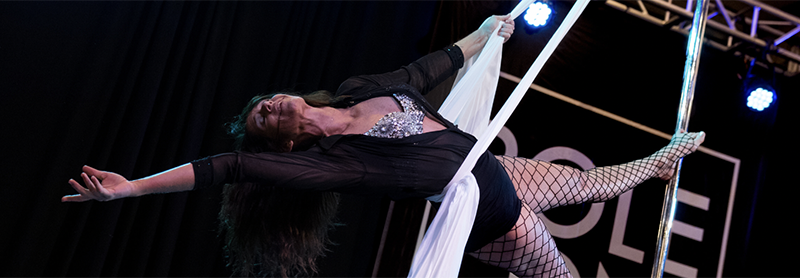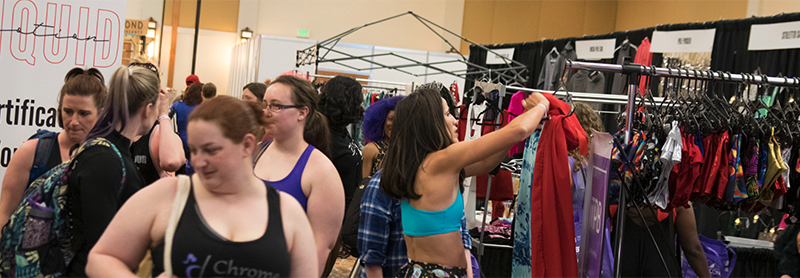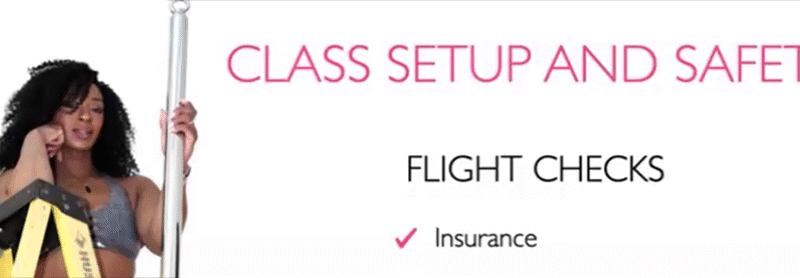A train-cation is a trip (usually away from home) where you focus for a specific…

Why You Should Be CPR Certified as a Pole Instructor
CPR training and certification is recommended for any individual teaching pole dance. In an emergency situation, CPR can save someone’s life.
CPR stands for cardiopulmonary resuscitation. It is a set of lifesaving actions that include performing chest compressions and providing ventilation to a person whose heart has stopped beating. Those who are CPR certified have training in the steps that need to be taken in an emergent cardiac event.
Pole dance is an exercise of high intensity and is therefore incredibly demanding on the body. There is risk of cardiac events occurring during any exercise, including pole dance. This risk is greater for individuals who are new to pole dance, and especially for individuals who are new to exercise in general.
As a pole instructor, you are responsible for the health and safety of the students who take your pole classes.
To promote the health and safety of your students, you must respond appropriately in emergency situations. Although emergencies are rare, they can occur at any point during your job as a pole instructor.
The best way to prepare for emergency situations is to plan for them.
Refer to our previous blog posts for more information on emergency action planning and safety must-haves in pole dance.
Plan for emergencies by becoming CPR certified.
CPR training and certification for pole instructors is one component of planning for emergencies. CPR training courses will teach you step-by-step how to respond to an emergency. They will also help you feel more confident in an emergency situation.
In addition to teaching CPR, these courses will usually cover the use of AEDs. Every studio or pole event should have an AED on site, as well as staff trained in the use of that AED. AEDs are automated external defibrillators. They are portable electronic devices that analyze heart rhythms and deliver electrical shock to a heart that has stopped beating. It is the only way to restore regular heart rhythm during cardiac arrest. Read more about having an AED on-site here.
If a CPR certification course is out of your budget, talk to your studio to see if they will cover costs for CPR training. Several studios host CPR courses directly within the studio, making it accessible to their instructors.
The IPIA has formed a partnership with MyCPR NOW to offer discounted and remote CPR training to members of the IPIA. Available trainings include courses on CPR/AED, first aid, and/or blood-borne pathogens.



